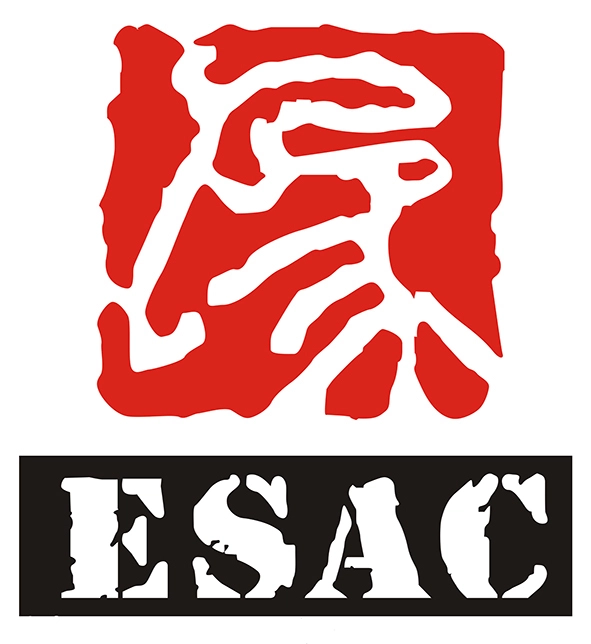5,000+ Entertainment Design Cases, 20+ years Amusement Industry Experience - ESAC Design Sales@esacart.com+086-18024817006
Best Practices For Designing Indoor Playgrounds For Children’s Fun
Designing indoor playgrounds for children's fun requires careful planning, creativity, and attention to detail. Indoor playgrounds are a fantastic way for children to stay active, socialize, and have fun, especially during the colder months when outdoor play may not be an option. In this article, we will explore the best practices for designing indoor playgrounds that will provide children with a safe and engaging play environment.
Choosing the Right Location
When designing an indoor playground, one of the first considerations to take into account is the location. The location of the indoor playground will play a significant role in its success. It is essential to select a location that is easily accessible for families and has enough space to accommodate various play structures and activities. Additionally, the location should be safe, well-lit, and have proper ventilation to ensure the comfort of both children and parents.
In addition to the physical location of the indoor playground, it is also crucial to consider the layout and flow of the space. The layout should be designed in a way that allows for easy supervision of children and ensures that all areas of the playground are accessible and safe. Consideration should be given to creating different play zones for different age groups, as well as areas for parents to relax and watch their children play.
Choosing the Right Play Equipment
The play equipment is the heart of any indoor playground, so choosing the right play structures and equipment is crucial. When selecting play equipment, it is essential to consider the age range of the children who will be using the playground, as well as their interests and abilities. Play equipment should be age-appropriate, safe, and durable to withstand the wear and tear of regular use.
In addition to traditional play structures such as slides, climbing walls, and ball pits, consider incorporating interactive elements such as sensory play areas, music and art stations, and educational games. These elements can help children develop a wide range of skills, from fine motor skills to creativity and problem-solving. Be sure to provide a mix of active and quiet play areas to cater to all children's preferences and energy levels.
Creating a Fun and Engaging Theme
To make an indoor playground truly memorable and engaging for children, consider incorporating a fun and exciting theme. A theme can tie together the design elements of the playground, from the color scheme to the play equipment to the signage and decor. Popular themes for indoor playgrounds include jungle adventures, under the sea, outer space, and fairy tales.
When choosing a theme for your indoor playground, think about what will appeal to your target audience of children and their parents. Consider incorporating themed play structures, murals, and decor items that bring the theme to life and create an immersive play experience for children. A well-executed theme can make your indoor playground stand out from the competition and become a popular destination for families in your area.
Ensuring Safety and Accessibility
Safety should always be a top priority when designing an indoor playground for children. Choose play equipment that meets safety standards and guidelines, and regularly inspect and maintain the equipment to ensure it remains in good working order. It is also essential to provide adequate padding and cushioning in high-traffic areas to prevent injuries from falls.
In addition to safety considerations, it is important to ensure that the indoor playground is accessible to all children, including those with physical disabilities. Consider incorporating ramps, wide walkways, and sensory-friendly play equipment to accommodate children of all abilities. Providing a welcoming and inclusive play environment will ensure that all children can enjoy the indoor playground and have fun.
Creating a Positive Play Experience
One of the most critical aspects of designing an indoor playground is creating a positive play experience for children. This includes providing a variety of play opportunities, engaging activities, and opportunities for socialization and creativity. Consider incorporating open-ended play elements such as building blocks, dress-up costumes, and art supplies that allow children to use their imagination and creativity.
To enhance the play experience, consider incorporating elements of nature into the indoor playground, such as plants, natural materials, and natural light. These elements can help create a calming and welcoming environment for children to play and learn. Additionally, consider providing opportunities for children to engage in cooperative play, such as group games, team challenges, and group projects that promote teamwork and social skills.
Overall, designing an indoor playground for children's fun requires careful planning, creativity, and attention to detail. By choosing the right location, play equipment, theme, and safety measures, you can create an indoor playground that provides children with a safe and engaging play environment. Whether you are designing a small play space for a daycare center or a large indoor playground for a family entertainment center, incorporating these best practices will help you create a memorable and enjoyable play experience for children.
In conclusion, designing an indoor playground for children requires a thoughtful approach to ensure that it is safe, engaging, and enjoyable for children of all ages. By choosing the right location, play equipment, theme, and safety measures, you can create an indoor playground that provides a fun and memorable play experience for children. Whether you are designing a small play area or a large indoor playground, incorporating these best practices will help you create a space that children will love and parents will appreciate for years to come.






